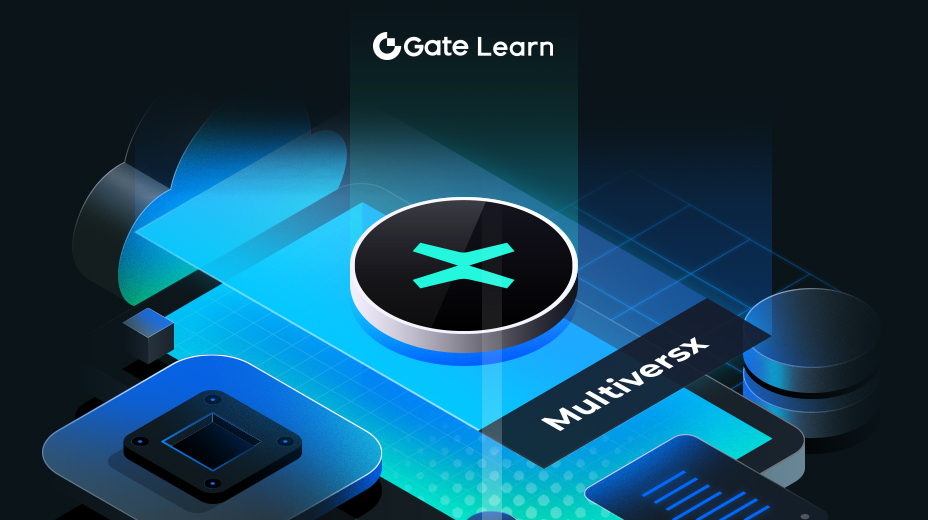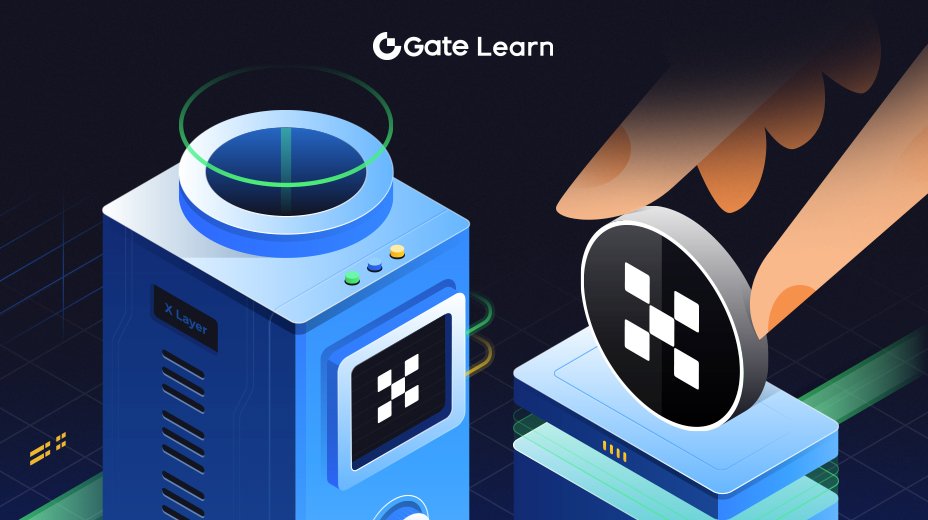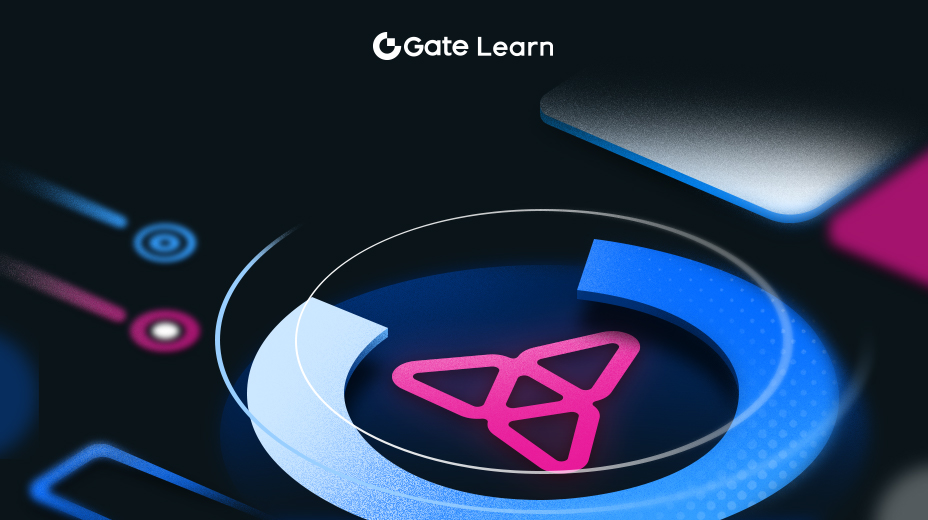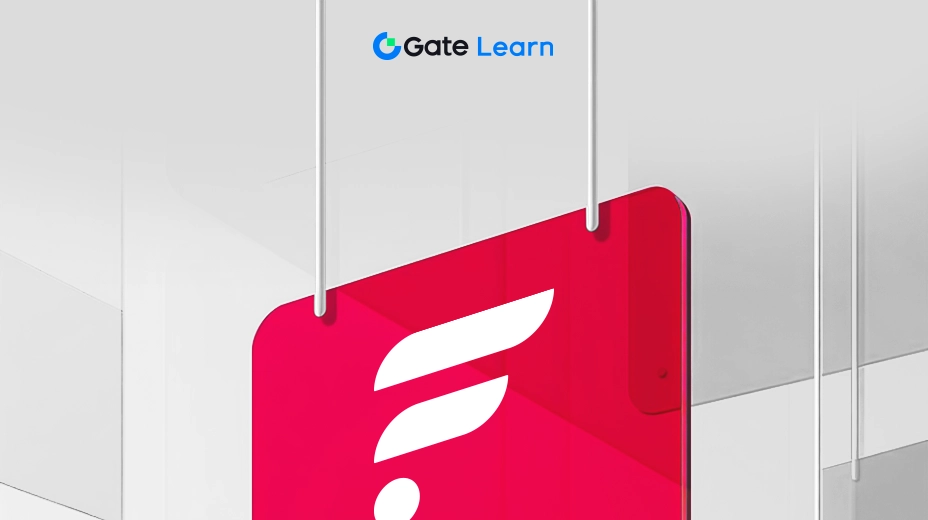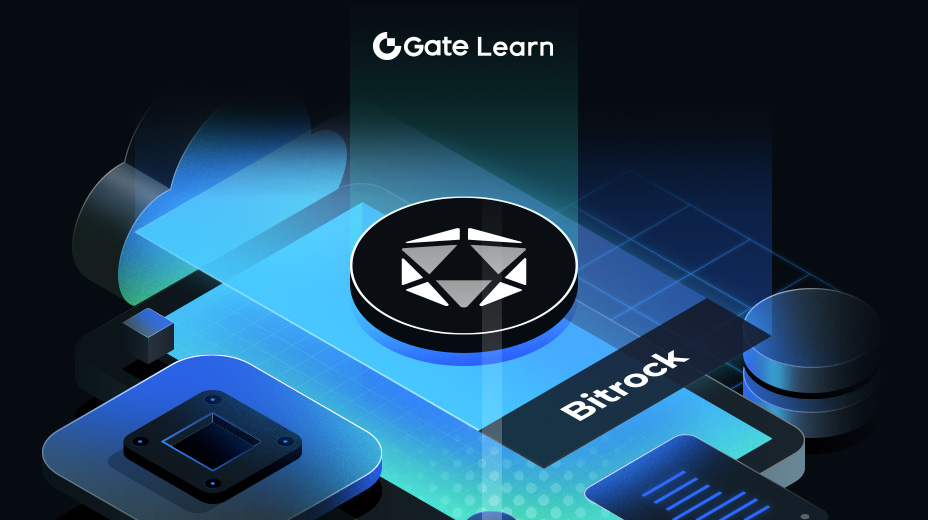达拉尼亚矿场
本模块将详细研究 Chromia 生态系统中的重要游戏《达拉尼亚矿场》(Mines of Dalarnia),并探讨其游戏机制、区块链集成和经济模型。我们将分析该游戏如何利用Chromia 的特性来提供独特的游戏体验,以及如何突出玩家所有权和现实世界经济。
《达拉尼亚矿场》简介

《达拉尼亚矿场》是一款基于区块链的动作冒险游戏,融合了探索和采矿机制。玩家在各种地形中展开旅程,沿途开采资源并面临挑战。游戏的背景是一个动态的宇宙,每次采矿探险都会带来独特的机遇和危险。
游戏的核心魅力在于它将开采宝贵资源,和与潜伏在深海中的生物战斗结合在一起。玩家可以升级装备和技能,这对探索更具挑战性的区域至关重要。游戏的设计既能满足休闲玩家的需求,也能满足专业玩家的需求,提供了一系列难度不同的内容。
《达拉尼亚矿场》的特点之一是利用了区块链技术,给游戏资产加上了所有权和可交易性。这种整合让玩家真正拥有他们在冒险中获得的物品和资源。游戏经济和资产管理是游戏玩法的重要部分,对游戏的策略和进程有影响。
社区和协作也是《达拉尼亚矿场》体验不可或缺的一部分。玩家可以一起工作、分享技巧和交易资源。游戏鼓励矿工和冒险者组成一个充满活力的社区,为不断发展的游戏叙事和世界做出贡献。
游戏机制

《达拉尼亚矿场》的游戏玩法以采矿和探索为中心。玩家使用各种工具从游戏环境中提取资源。这些资源对于升级设备和购买进一步探索所需的物品至关重要。采矿过程设计得引人入胜,要求玩家制定出高效采矿的最佳策略。
战斗是游戏的另一个重要方面。随着玩家深入矿区,他们会遇到各种保护宝贵资源的生物。玩家必须利用自己的战斗技能和装备战胜这些对手。战斗系统非常直观,玩家可以快速学习并掌握战斗技巧。
探索不仅限于采矿和战斗。游戏中的生物群落多种多样,每个群落都有自己的挑战和宝藏。我们鼓励玩家深入探索这些区域,发现隐藏的秘密和稀有资源。这种探索性增加了游戏的深度,确保总有新东西等待玩家去发现。
《达拉尼亚矿场》中的房地产系统允许玩家在游戏中拥有和管理地块。该系统引入了战略元素,玩家可以决定如何更好地利用自己的土地,最大限度地提高资源产量。土地所有者可以在自己的地块上开采资源,也可以有偿出租给其他玩家。
《达拉尼亚矿场》的发展与玩家的技能和战略决策息息相关。随着资源的积累和装备的改进,玩家可以进入新的游戏区域。这种进阶系统确保了令人满意的进阶成就感,奖励玩家的努力,鼓励玩家继续探索。
区块链集成
区块链集成是《达拉尼亚矿场》的基础元素。它确保游戏中的所有资产,从资源到装备,都在区块链上实现了代币化。这种代币化赋予玩家对其资产的真正所有权,使他们可以根据自己的需要交易、出售或使用这些资产。区块链技术的透明度和安全性确保了游戏内所有交易的公平性和可验证性。
智能合约管理游戏中的交易和互动。这些合约使交易和资源管理等各种流程自动化,从而使游戏经济变得高效、可信。智能合约的使用还消除了对中介的需求,降低了交易成本,提高了交易速度。
玩家驱动型经济是区块链整合的直接结果。玩家对游戏的市场动态拥有重大控制权,供求关系决定着游戏中资产的价值。这种经济鼓励玩家积极参与和投资游戏世界,从而创造出一个充满活力、不断变化的市场。
区块链还促进了跨游戏互动和资产可移植性。在《达拉尼亚矿场》中拥有的资产有可能在同一生态系统中的其他游戏中使用,从而扩大了游戏中物品的效用和价值。这种互操作性是区块链整合的一大优势,可为玩家提供更具凝聚力和扩展性的游戏体验。
经济模式
《达拉尼亚矿场》的经济模型建立在供需原则之上。玩家开采的资源具有不同程度的稀有性和实用性,从而影响其在游戏市场中的价值。某些资源的稀缺性使其更有价值,从而鼓励玩家进行策略性的探索和开采。
土地所有权在游戏经济中起着至关重要的作用。拥有土地的玩家可以从中开采资源或将土地出租给他人,从而获得收入。这一系统在游戏中创造了一个房地产市场,为经济模式增加了另一层含义。土地所有者必须考虑如何更好地利用自己的财产,以实现收益最大化。
游戏中的市场是玩家购买、卖出和交换资源和物品的地方。市场由玩家行为控制,价格根据供需变化。这个动态市场鼓励玩家进行交易、投机和策略性的资产管理,以在游戏中创造一个充满活力的经济环境。
亮点
- 《达拉尼亚矿场》将采矿和战斗结合在一起,在不同的生物群落中提供基于区块链资产所有权的动态动作冒险体验。
- 在游戏中,玩家需要开采资源、与生物战斗、探索各种环境以发现隐藏的宝藏和稀有资源。通过增强装备和技能,他们可以进行更深入的探索。
- 游戏整合了区块链技术,将游戏中的资产代币化以确保真正的所有权。并利用智能合约,在玩家驱动的经济中进行安全透明的交易。
- 游戏中的土地所有权引入了策略元素,允许玩家开采资源或将土地租赁给他人,从而促进了游戏中房地产市场的发展。
- 经济模型由供求关系驱动,通过市场进行资源和物品交易,鼓励玩家积极参与并进行战略性资产管理。
